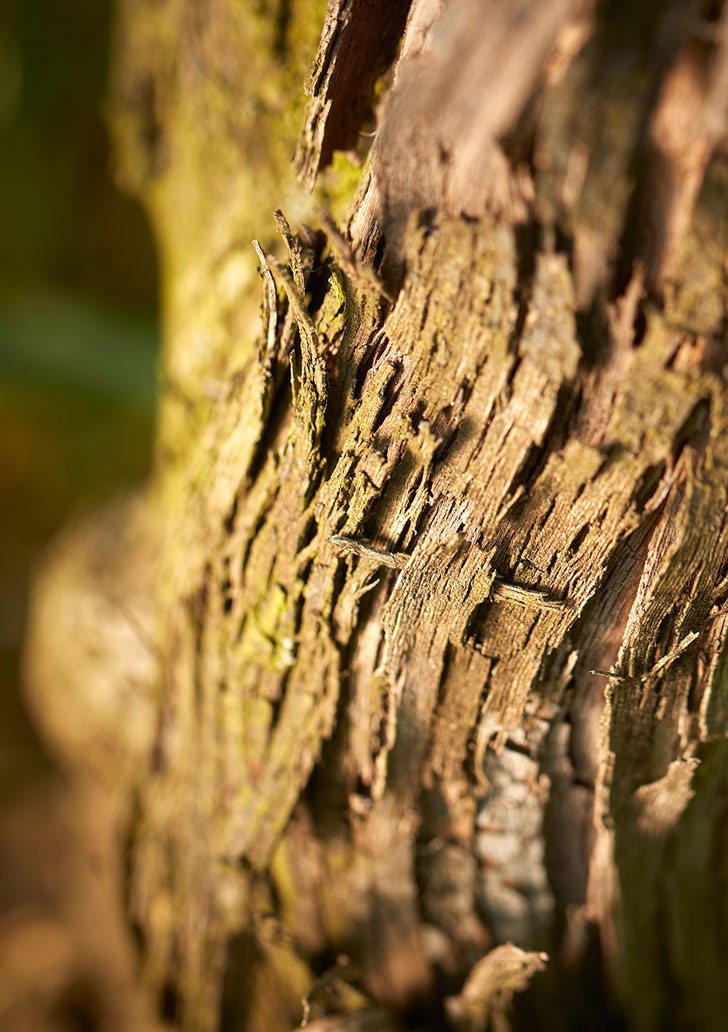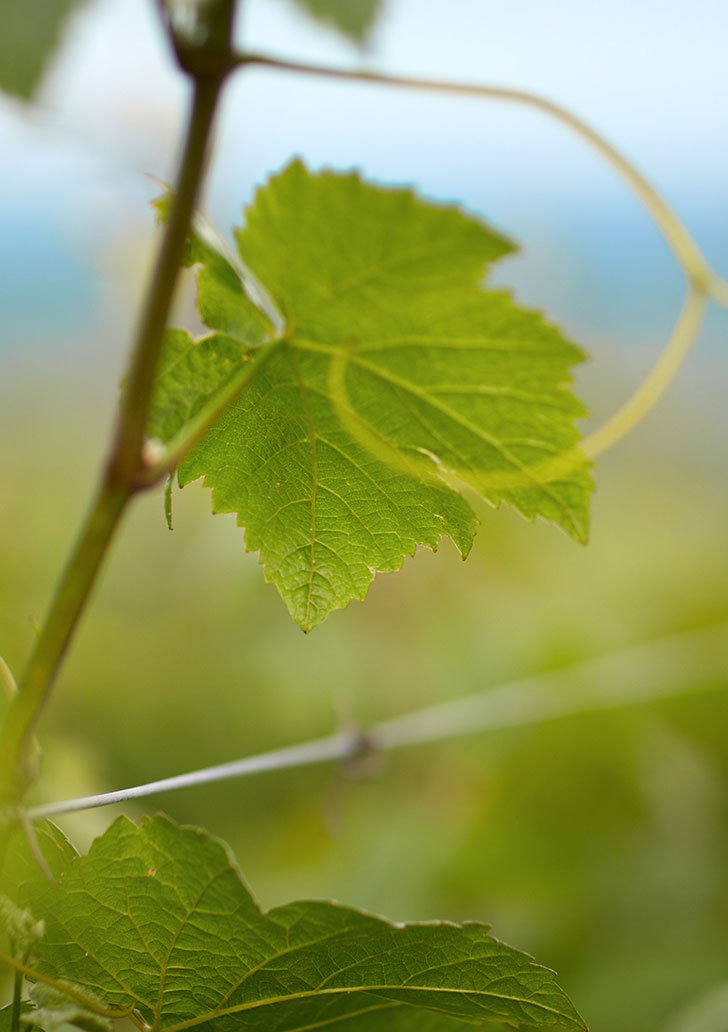
Terroir
The mark of the terroir
A wine made from grapes grown on a "cru" is the result of a harmonious combination of several factors such as soil, climate and grape variety, supervised and exalted by man's expertise.
Terroir
The
mark of the terroir
The vineyards in Alsace lie on some of the most varied sols in France.
Nowhere is the notion of "crus" better illustrated than in Alsace thanks to the huge variety of soils in the region.
"Geologically speaking, the vineyard land of Alsace is a veritable mosaic reputed as being one of the most complex in France" (2). This is why there can be such a difference amongst wines made from the same grape variety and grown on the same stretch of land.
Add to this the varying climates, number of sunshine hours, and levels of precipitation and you will understand that there is not one type of riesling or gewurztraminer, but several.
Finally, consider the contribution made by man's expertise and you will understand that there are actually hundreds of different rieslings and gewurztraminers.
The fact that the soils are so different from one area to another explains why so many different grape varieties have been planted in Alsace over the ages.
This complexity is the reason why there is such a wealth of wines in Alsace and why getting to know them is such a pleasure.
Our chalky soils produce splendid wines that are rich, opulent and highly expressive, carrying a complex bouquet of delicately fruity (acacia) and mineral notes.
With age, the freshness of the Riesling or the Tokay-Pinot gris, will mellow into all the aromatic complexity that a Grand Cru is capable of possessing.
The type of soil also yields excellent Gewurztraminers, full of fruit and freshness.
Grape varieties


